Why Is My AC Blowing Warm Air?
It’s an unwelcome feeling to realize that your air conditioner is blowing warm air in the middle of a hot North Carolina summer. You have the AC on, of course, to cool your home down – only to find that it is doing exactly the opposite. What has gone wrong, and how can it be fixed? This article will take a closer look so you can start to search for answers.
To get help with heating and air conditioning issues in Greensboro from an expert team of pros, call Berico right away. The Berico team is experienced with all types of AC repairs and will be sure to get the cold air flowing again as soon as possible.
Check the Thermostat
You should always start with the simplest possible solution when dealing with HVAC problems. In this case, that means checking the thermostat to make sure it is set at the right level. If you have the thermostat set higher than you thought it was, the air coming out of the vents might not feel cool. Confirm that the settings are right before moving on to other potential issues.
A Dirty Air Filter Can Be a Problem
This is another simple solution that won’t require professional help. Take a look at your air filter and replace it if the surface looks dark and dirty. You can buy a new air filter for little money, and it only takes a matter of moments to put it into place. When a filter is dirty, it restricts airflow, which causes the AC to not work as effectively as it would otherwise.
Refrigerant Issues
The refrigerant that runs through your air conditioner is what allows it to actually cool the home. Without enough refrigerant to soak up heat, the AC won’t perform very well. If a leak has developed in your system that has allowed refrigerant to escape, performance is going to decline significantly. This is a situation that requires the help of a professional to address, so call in the Berico team right away to figure out what is going on.
How to Deal with the Problem
Having a water softener installed is the best way to deal with hard water. This is a device that is designed to pull excess minerals out of your water supply before they can do damage to your plumbing system. If you suspect that hard water is an issue for your home and your plumbing, call in a professional to have the water tested as a first step.
Compressor Failure
Another problem that will require professional help is a compressor failure. If the compressor that is part of the outdoor unit of your air conditioner isn’t working correctly, the whole system will be compromised. You might hear the system running, but it isn’t going to be cooling the air as usual. If the compressor has failed, it will need to be replaced by licensed pros before the air conditioner is going to get back to producing the cold air that you need to stay comfortable.
Get Comfortable Again
It’s hard to enjoy a Greensboro summer when you don’t have a cool, air-conditioned space to use when the heat gets too intense. Whether it’s repairs or AC installation, Berico can deliver the service you need for an excellent price. Reach out right away to get on the schedule as soon as possible.

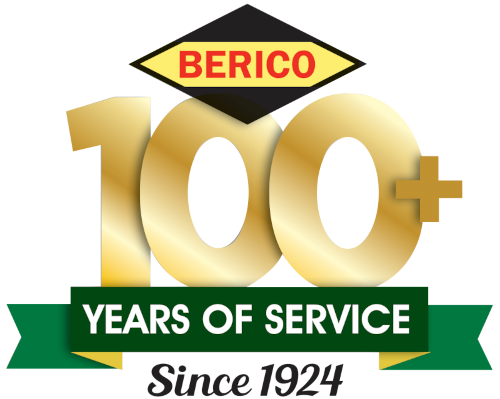
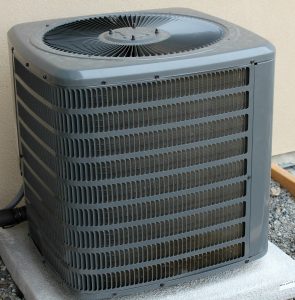 You count on your air conditioner to perform well all summer long in this part of North Carolina. This is a great place to live, but no one wants to spend a hot summer day without air conditioning. If your AC unit keeps freezing up, you need to find the right solution as soon as possible to get back on track.
You count on your air conditioner to perform well all summer long in this part of North Carolina. This is a great place to live, but no one wants to spend a hot summer day without air conditioning. If your AC unit keeps freezing up, you need to find the right solution as soon as possible to get back on track.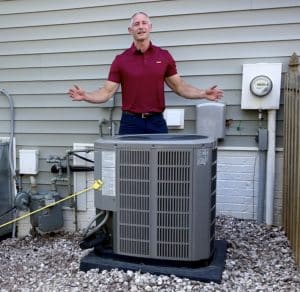 Having the right size AC unit for your home is a key component of staying comfortable in Greensboro throughout the hot summer months. It might seem like the only problem here would be having an AC unit that is too small, but having a system that is too large for your home can be problematic, as well.
Having the right size AC unit for your home is a key component of staying comfortable in Greensboro throughout the hot summer months. It might seem like the only problem here would be having an AC unit that is too small, but having a system that is too large for your home can be problematic, as well.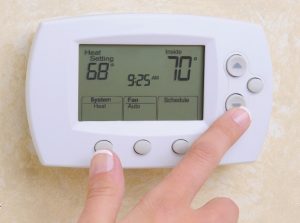 You don’t need to be an HVAC expert to know how your air conditioner is supposed to work. Most of the time, when it turns on, it will run for a while before turning back off. So, if yours has started turning on and off frequently, it’s likely that there is a problem you need to address.
You don’t need to be an HVAC expert to know how your air conditioner is supposed to work. Most of the time, when it turns on, it will run for a while before turning back off. So, if yours has started turning on and off frequently, it’s likely that there is a problem you need to address.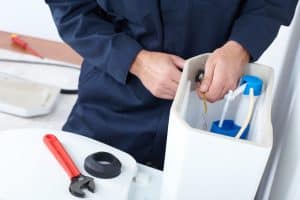 There are few things as frustrating to the average homeowner as a toilet that just won’t stop running. No matter what you do, it seems like the water just keeps flowing. The sound is annoying, as is the concern that you might be wasting water at all hours of the day and night.
There are few things as frustrating to the average homeowner as a toilet that just won’t stop running. No matter what you do, it seems like the water just keeps flowing. The sound is annoying, as is the concern that you might be wasting water at all hours of the day and night.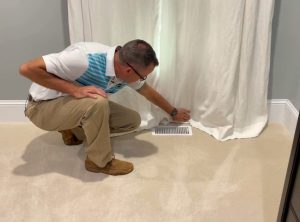 The whole point of an air conditioner is to make your home more comfortable. When the hot Greensboro summer settles in for months on end, you can turn to your AC system to make sure you and your family are comfortable all day and night.
The whole point of an air conditioner is to make your home more comfortable. When the hot Greensboro summer settles in for months on end, you can turn to your AC system to make sure you and your family are comfortable all day and night.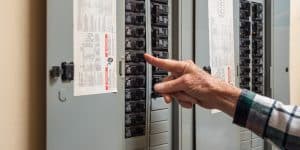 You probably haven’t thought about your electrical panel in a while. In fact, unless the power goes out or you need to work on something that requires turning off a breaker, you never think about your panel. It just sits off somewhere, quietly getting the job done.
You probably haven’t thought about your electrical panel in a while. In fact, unless the power goes out or you need to work on something that requires turning off a breaker, you never think about your panel. It just sits off somewhere, quietly getting the job done. One of the best things about modern living is not only that you have access to water in your home at all times, but that there is pressure behind that water. It’s the pressure that makes a warm shower possible and makes it easy to do the dishes in your sink.
One of the best things about modern living is not only that you have access to water in your home at all times, but that there is pressure behind that water. It’s the pressure that makes a warm shower possible and makes it easy to do the dishes in your sink.